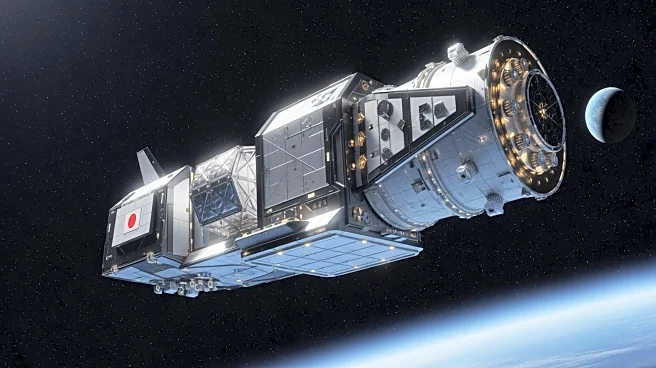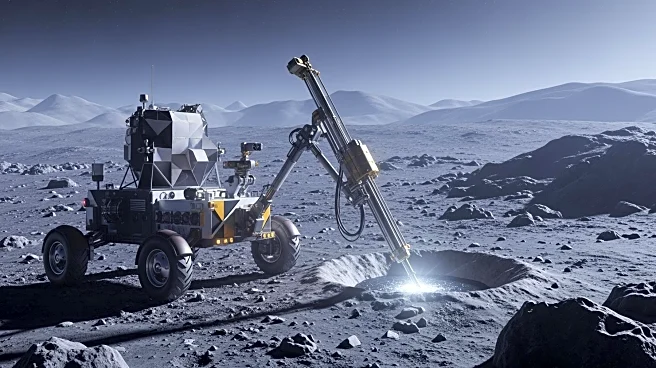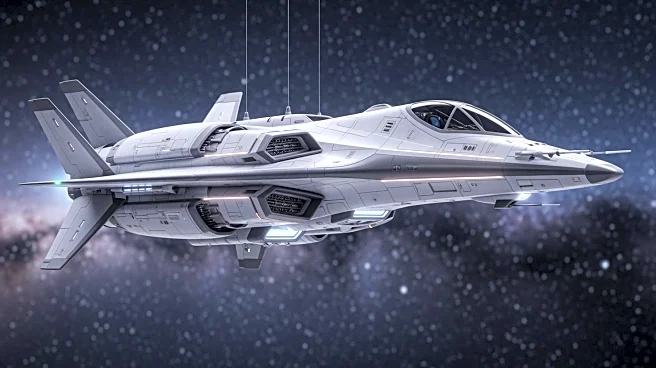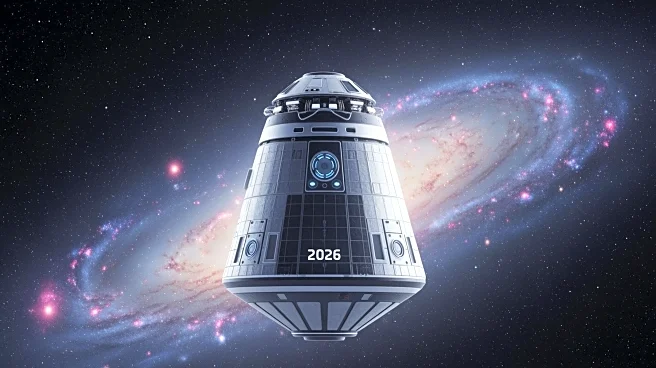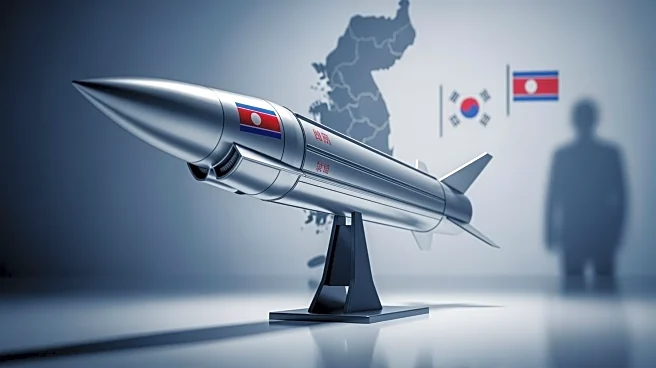What's Happening?
Japan has launched its next-generation cargo spacecraft, the HTV-X, to the International Space Station (ISS) for the first time. The HTV-X, developed by Mitsubishi Heavy Industries for JAXA, is set to replace
the previous H-II Transfer Vehicle (HTV) and offers enhanced capabilities for orbital logistics and technology demonstrations. The spacecraft is more compact but equally capable, engineered for flexibility with applications that may extend beyond low Earth orbit. It carries a payload mass of around 6,000 kilograms and features improved avionics and a reconfigurable interior. Notably, the HTV-X can remain operational in orbit for up to 1.5 years after detaching from the ISS, enabling new use cases such as on-orbit experiments.
Why It's Important?
The launch of the HTV-X marks a significant evolution in Japan's contribution to ISS resupply operations, increasing the diversity of the ISS cargo fleet. This new spacecraft joins other operational cargo vehicles like Russia's Progress, Northrop Grumman's Cygnus, and SpaceX's Dragon, offering partners another delivery option with long-term orbital presence. The HTV-X reflects Japan's commitment to maintaining a reliable, independent resupply capability and aligns with international goals for sustained human activity in space. Its modular design and mission flexibility make it a candidate for future low Earth orbit operations and potentially supporting NASA's Gateway station planned for lunar orbit.
What's Next?
The HTV-X is designed with broader mission compatibility, potentially playing a role in future low Earth orbit operations and supporting NASA's Gateway station as part of the Artemis program. JAXA envisions the spacecraft contributing to post-ISS space infrastructure, supporting evolving needs in a multi-destination environment. This adaptability positions the HTV-X as a key player in advancing upcoming aerospace technologies and international space collaboration.
Beyond the Headlines
The HTV-X's extended operational window and modular design highlight a shift towards more sustainable and versatile space logistics. This development could pave the way for deeper space exploration and long-term human presence beyond Earth, fostering international cooperation in space technology advancements.
